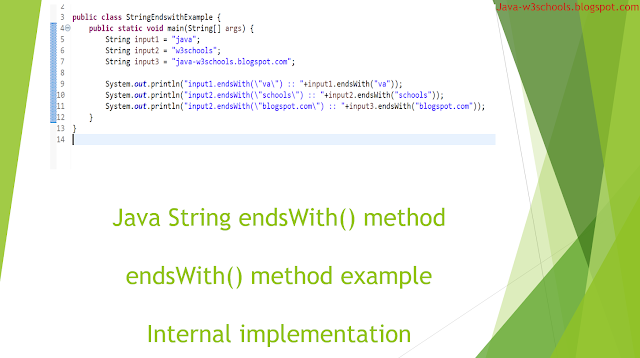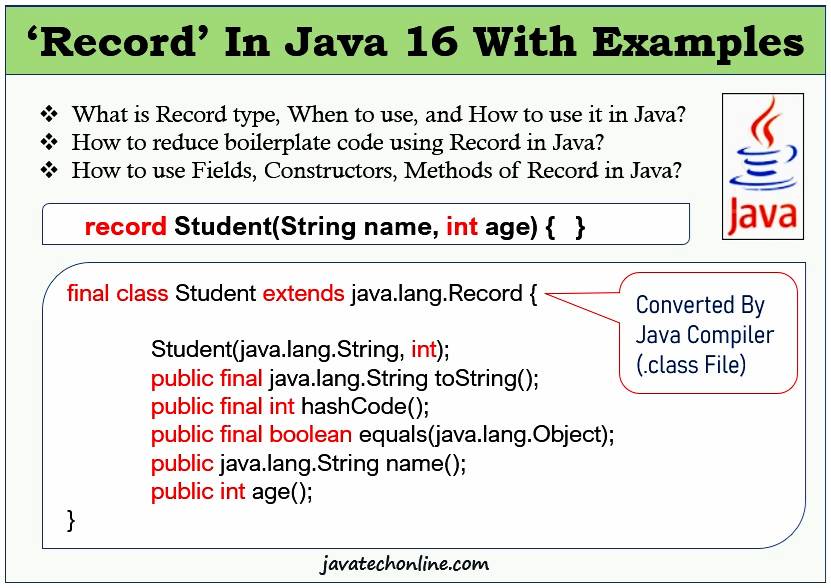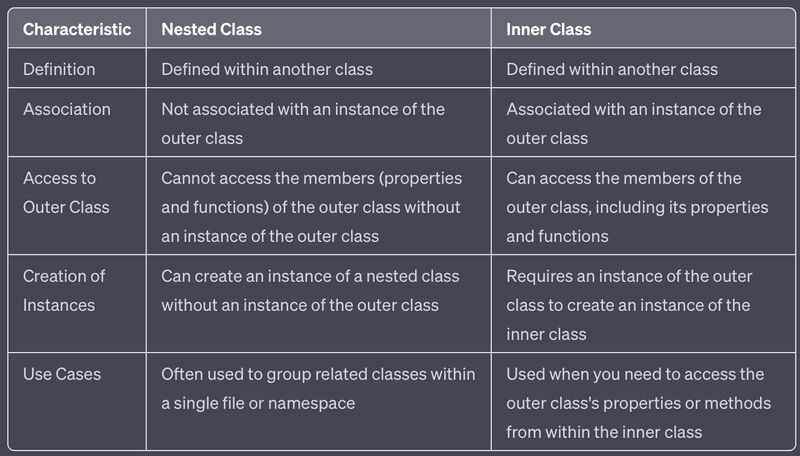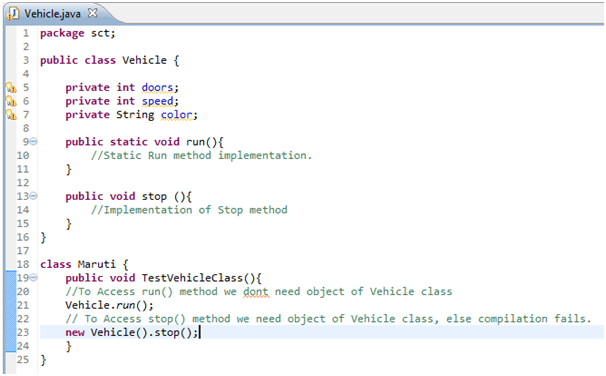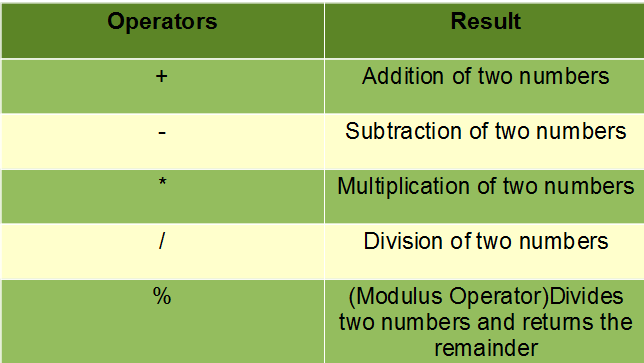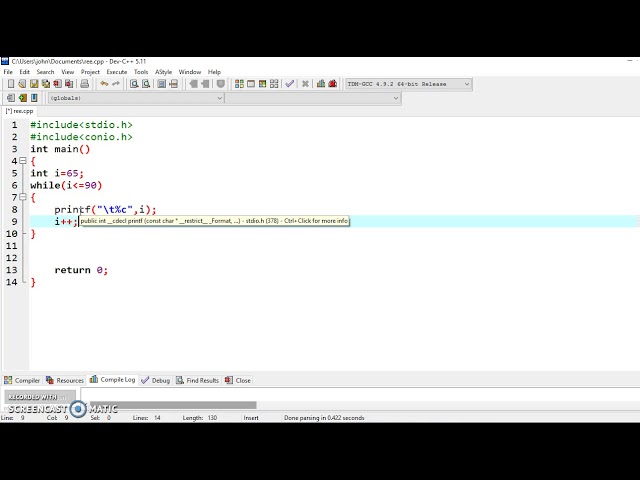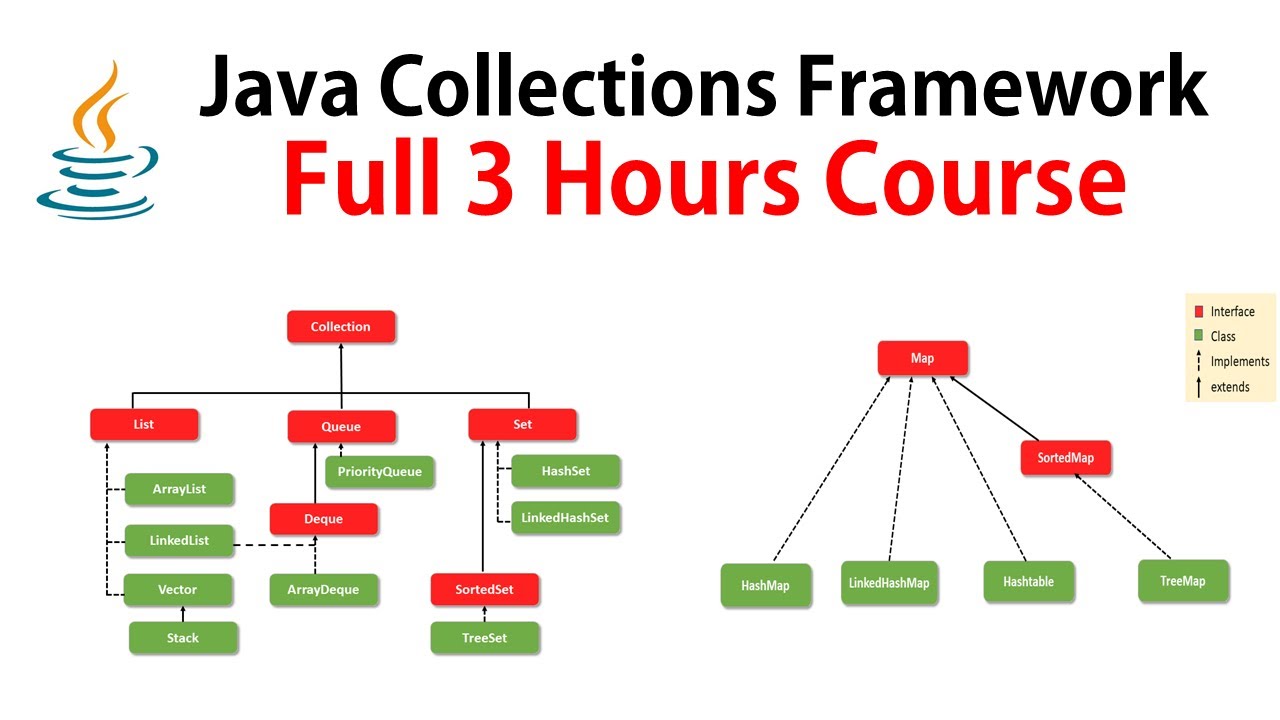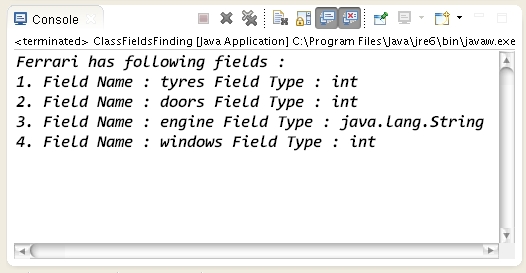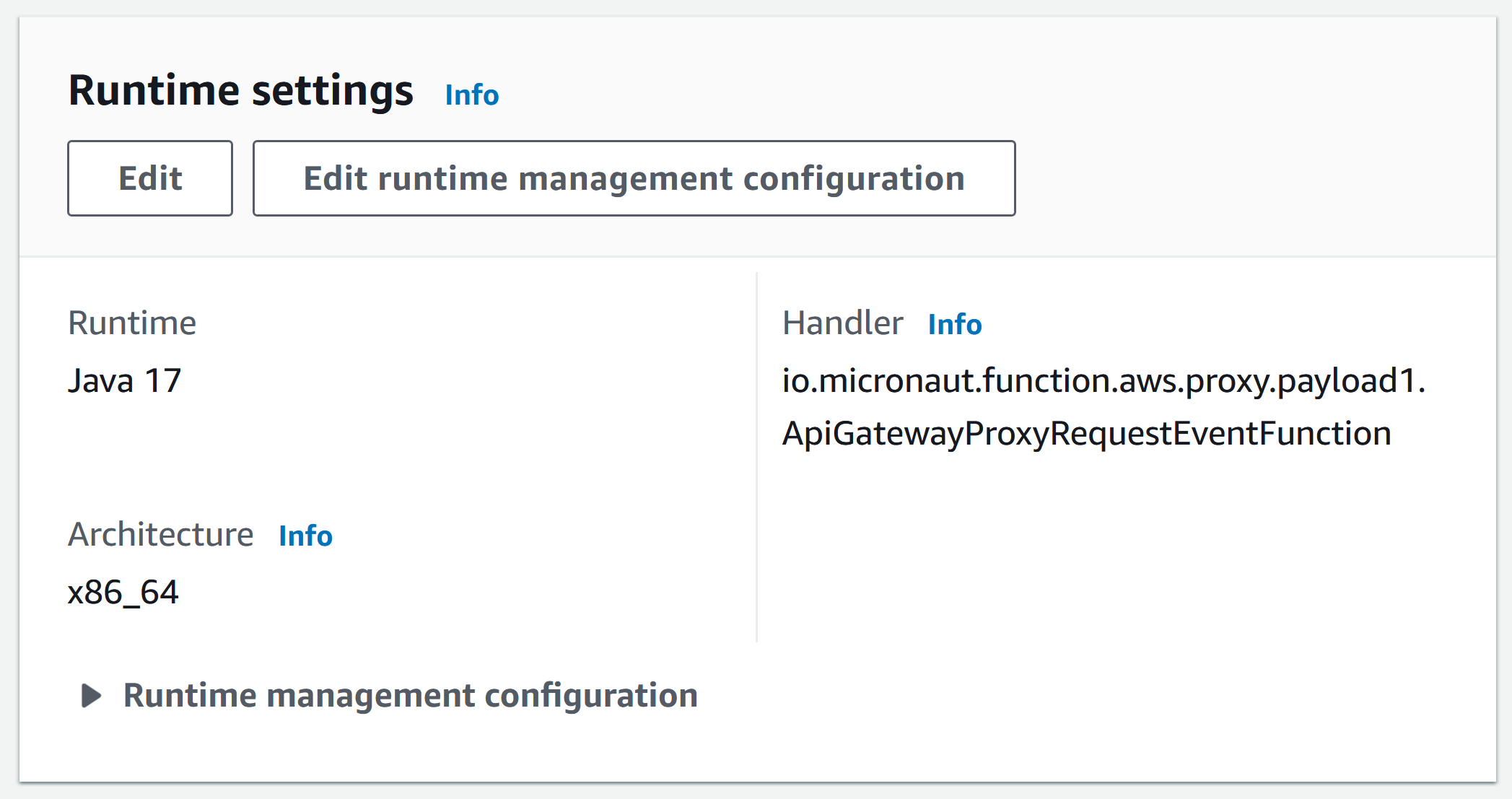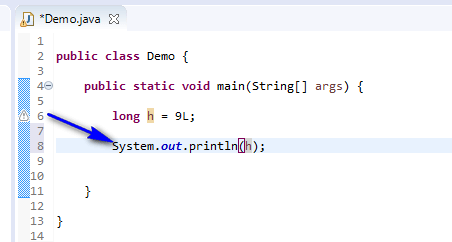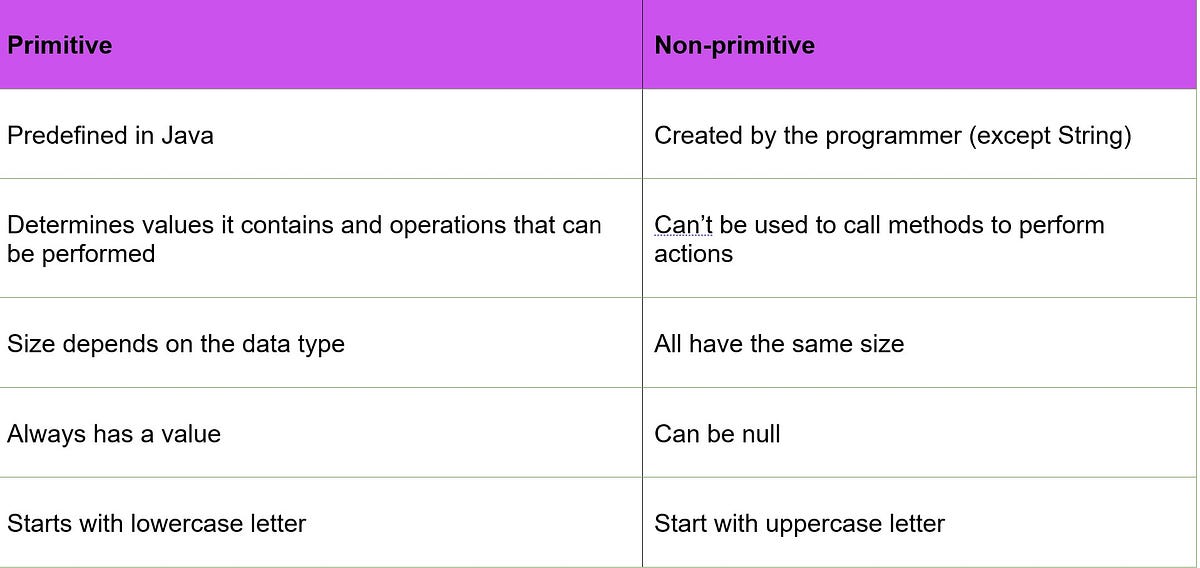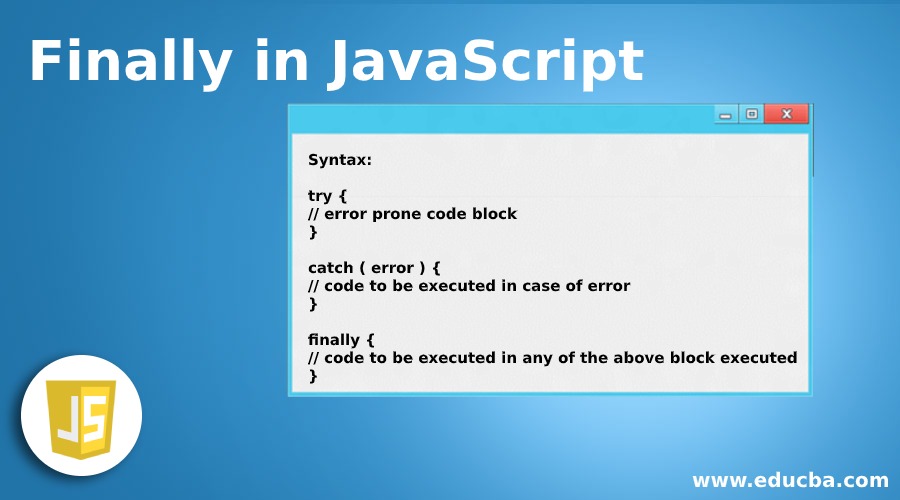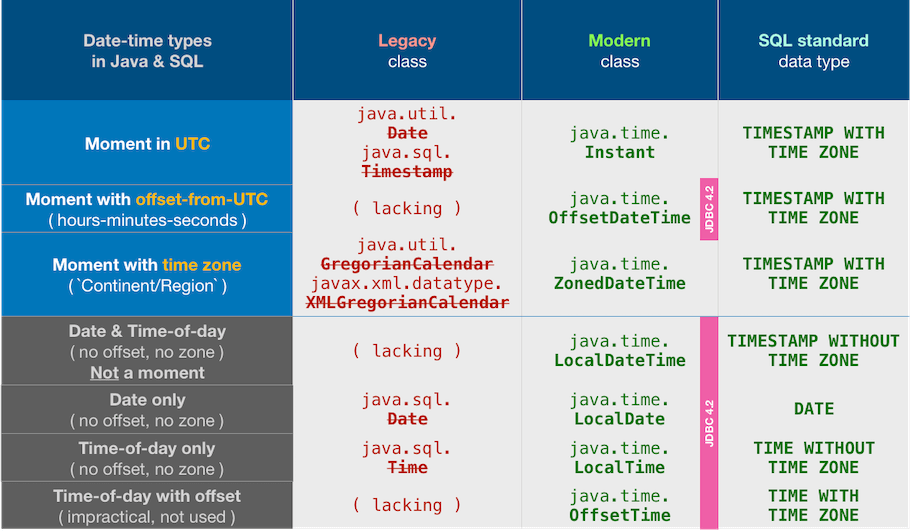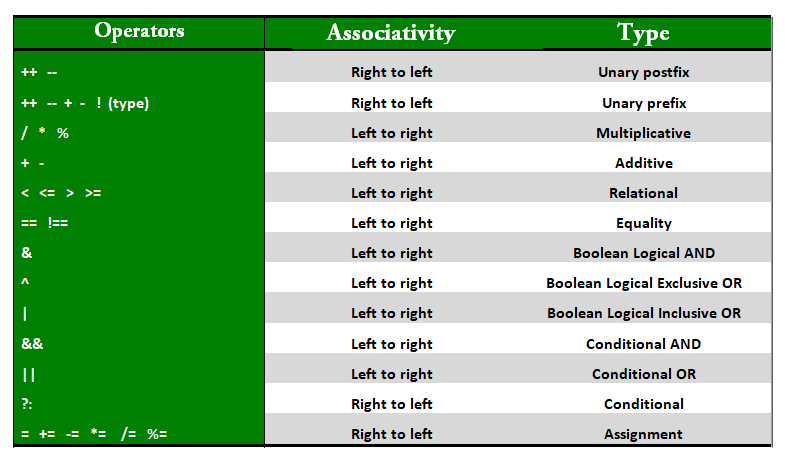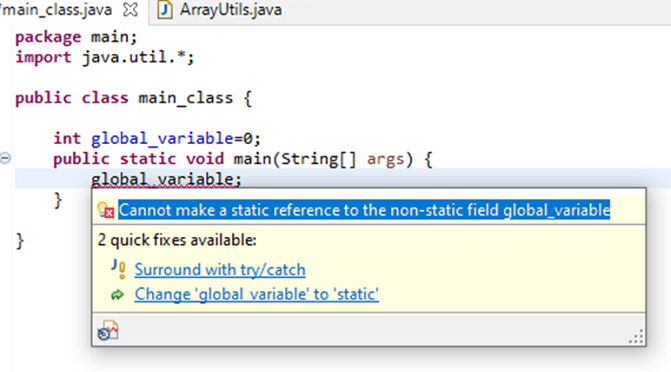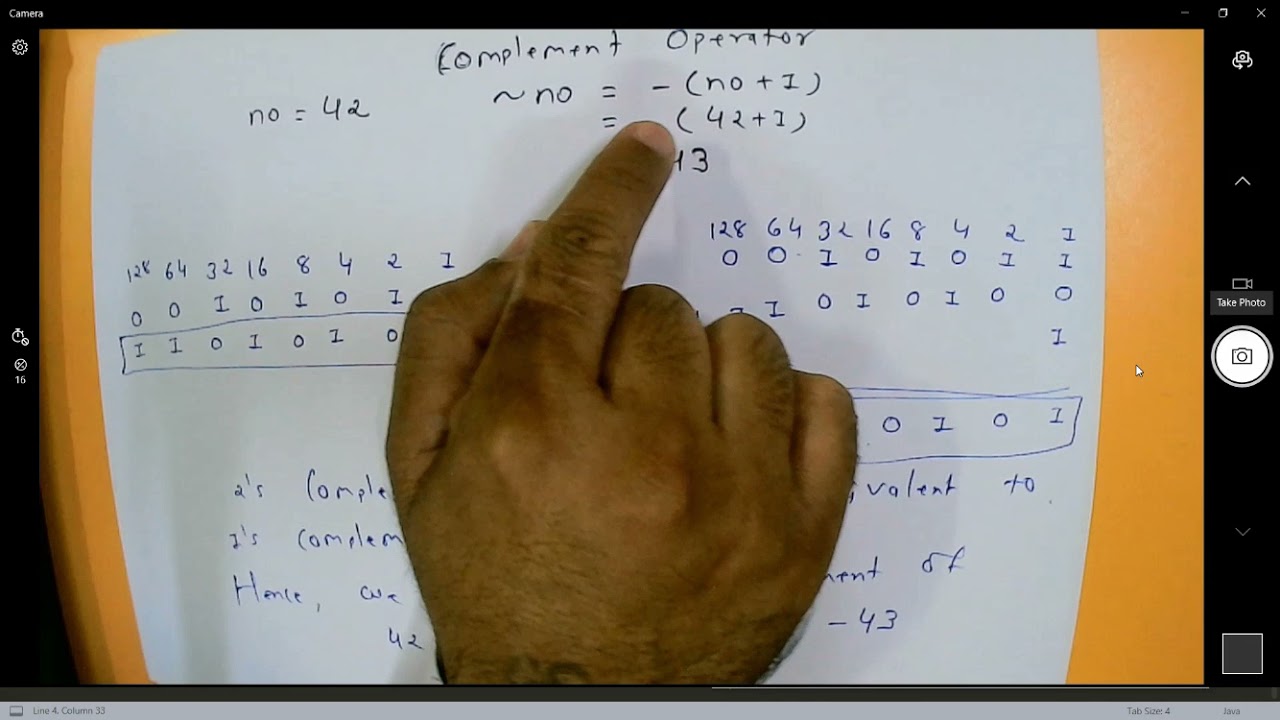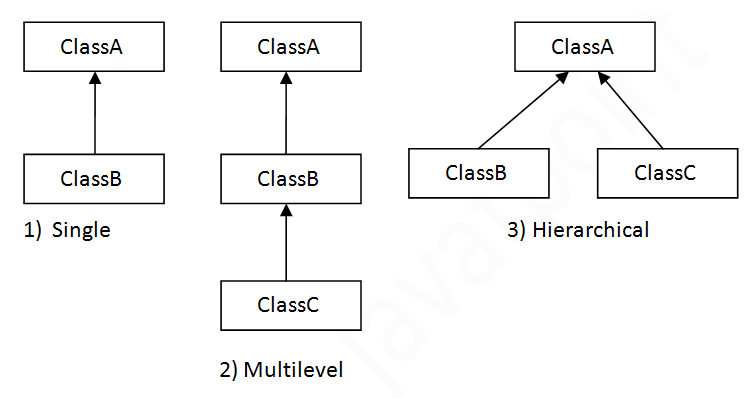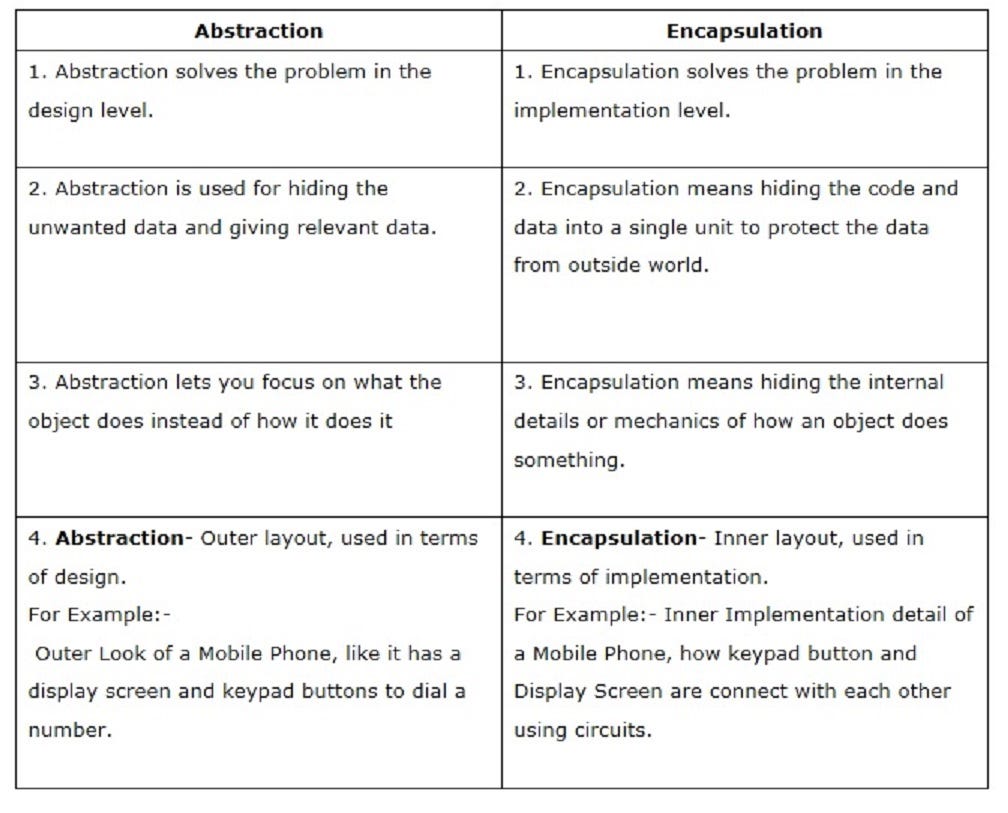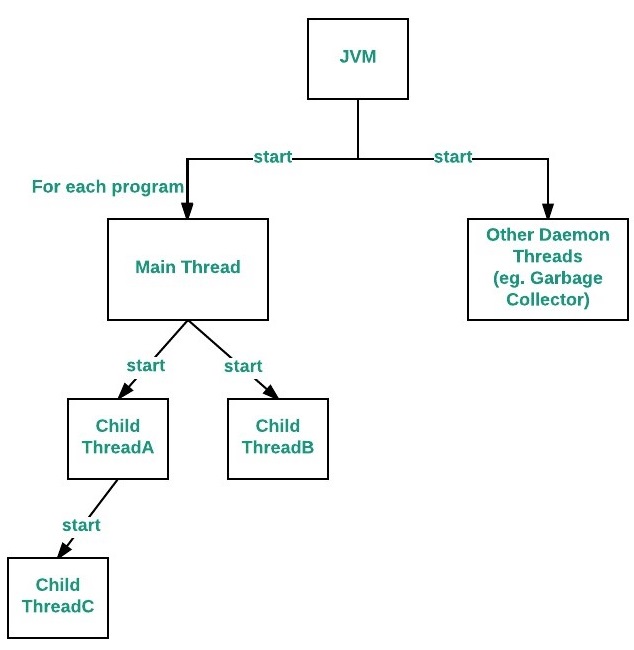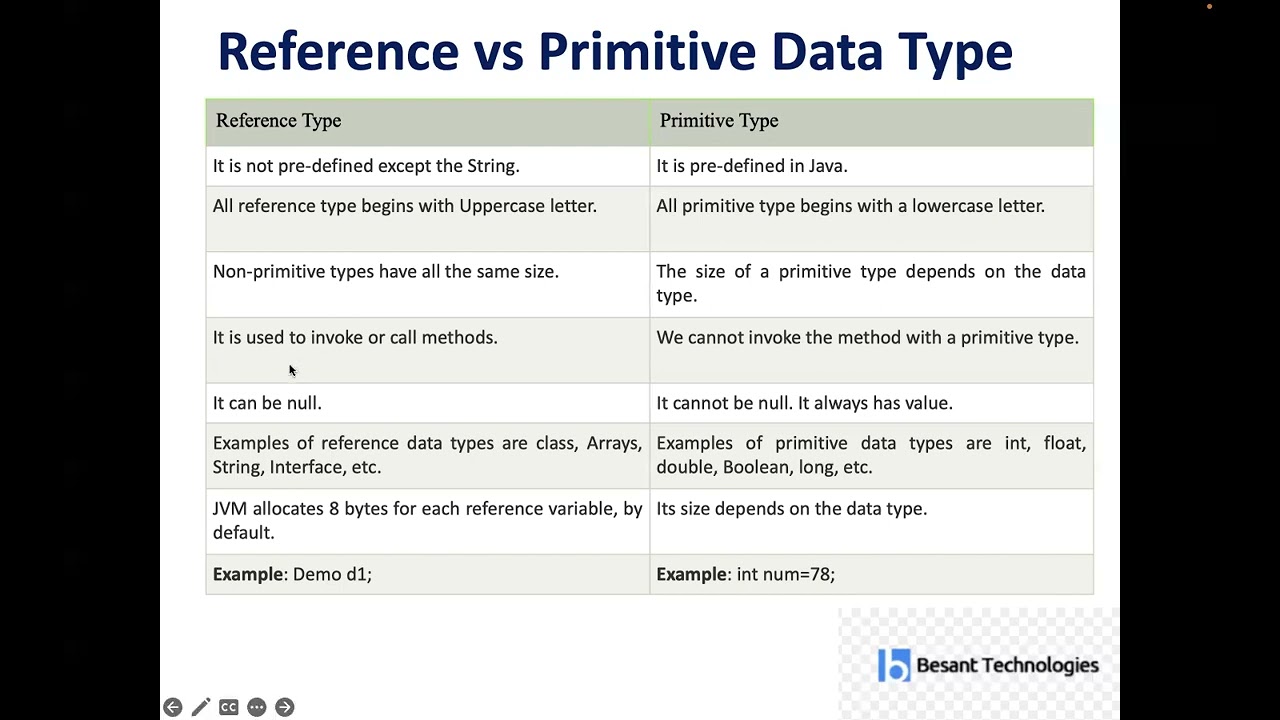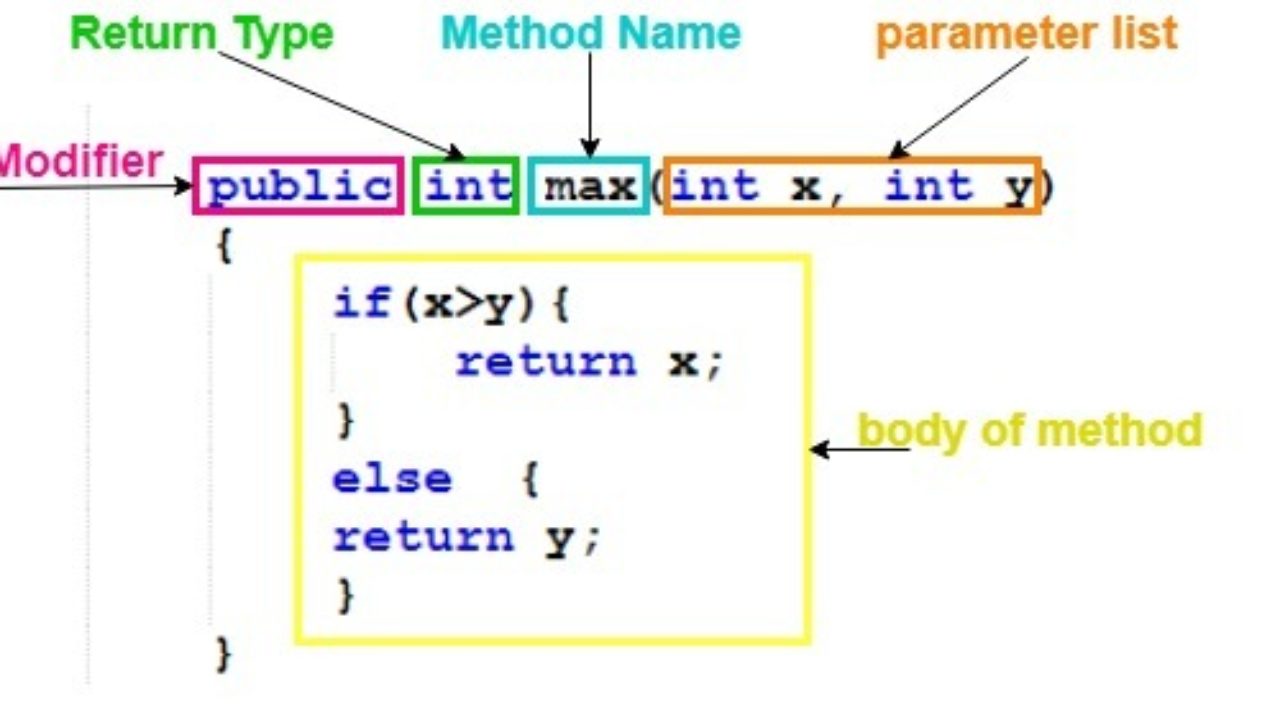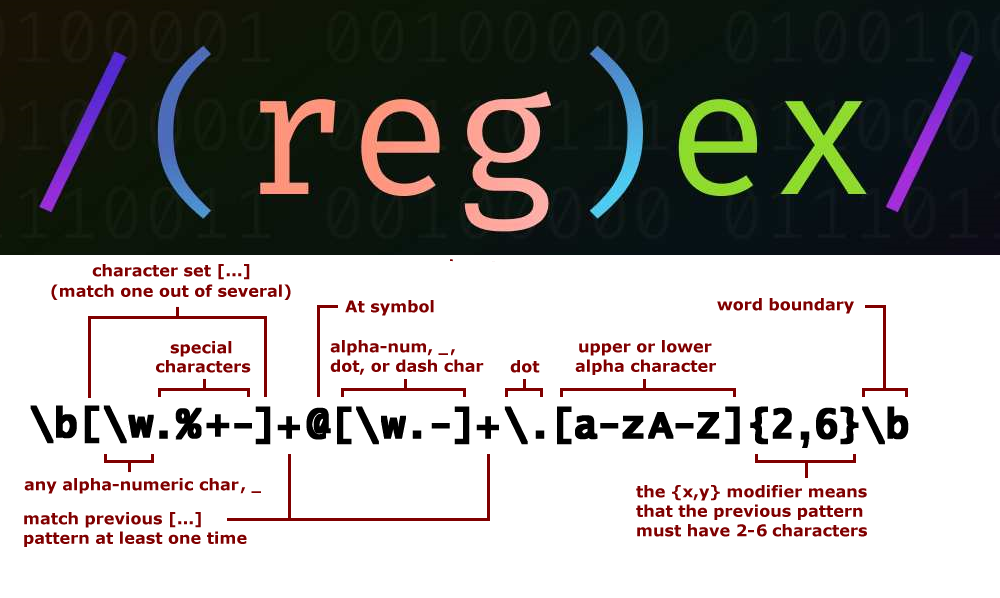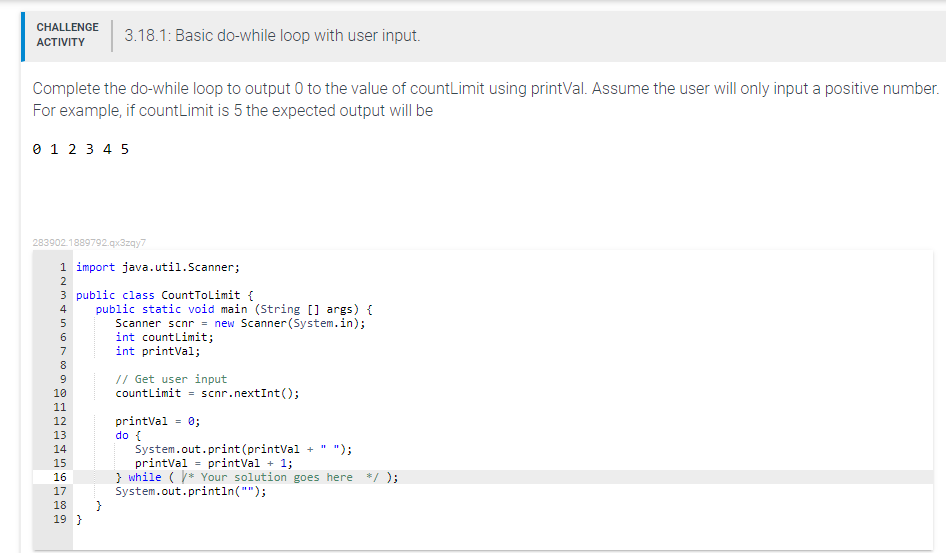java decorator vs annotation
java decorator vs annotation
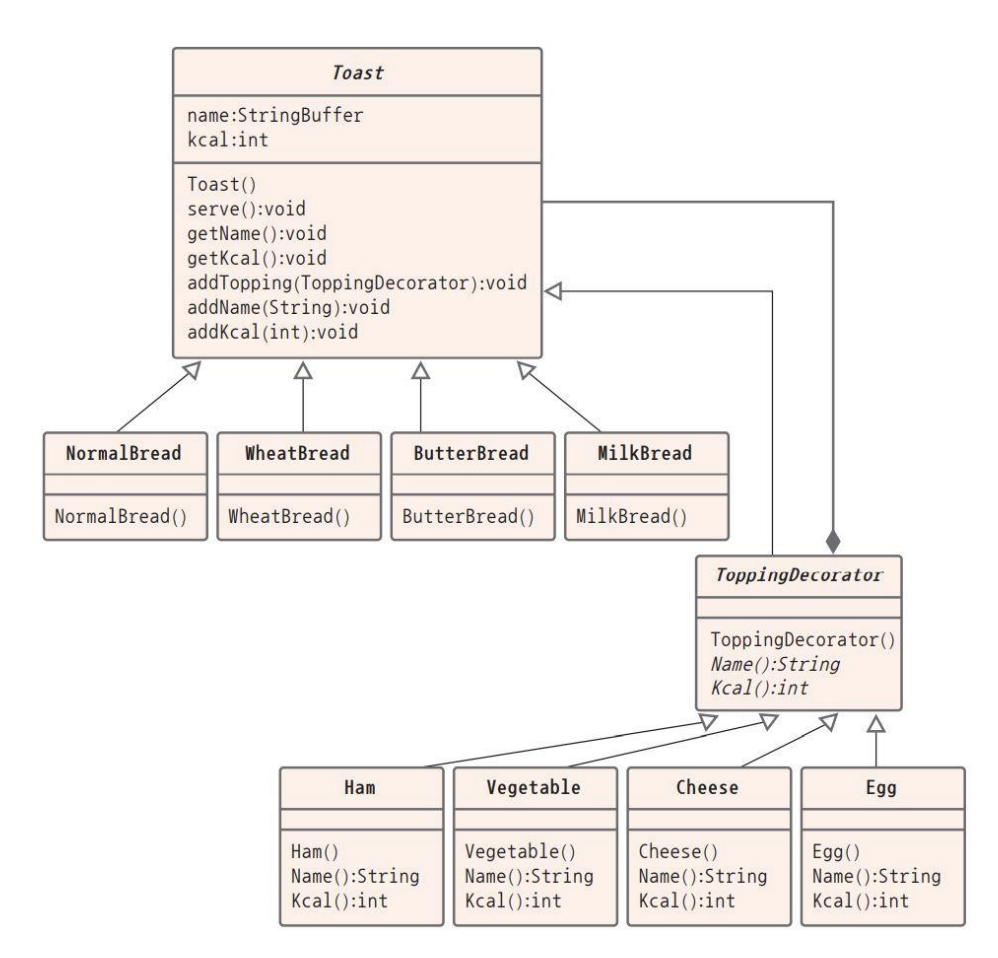
I'd be happy to explain the differences between Java decorators and annotations!
Java Decorators
In Java, a decorator is a design pattern that allows you to wrap an existing object with another object to modify its behavior. The purpose of a decorator is to add new behaviors to an object without changing its underlying implementation. In other words, a decorator is responsible for adding new features or functionalities to an object without modifying its original code.
Java decorators are typically implemented using the interface-based design pattern. A decorator class implements an interface that specifies the methods that need to be decorated. The decorated class implements this same interface and provides the actual functionality.
Here's an example of how you might use a decorator in Java:
// The interface for all classes that want to have their behavior// decorated with additional functionality
public interface Shape {
void draw();
}
// A concrete shape that can be decorated
public class Circle implements Shape {
public void draw() {
System.out.println("Drawing a circle...");
}
}
// A decorator that adds a border around the original shape
public abstract class BorderDecorator implements Shape {
protected Shape shape;
public BorderDecorator(Shape shape) {
this.shape = shape;
}
public void draw() {
shape.draw();
addBorder();
}
public abstract void addBorder();
}
// A concrete decorator that adds a blue border
public class BlueBorder extends BorderDecorator {
public void addBorder() {
System.out.println("Adding blue border...");
}
}
public class Main {
public static void main(String[] args) {
Shape shape = new Circle();
Shape decoratedShape = new BlueBorder(shape);
// Use the decorator to modify the behavior of the original
// object
decoratedShape.draw();
}
}
In this example, we have a Circle class that implements a Shape interface. We can then wrap it with a BlueBorder decorator using the BorderDecorator abstract class. The draw() method in the decorator will call the original shape's draw() method and then add its own border behavior.
Java Annotations
In Java, an annotation is a way to associate metadata with code. An annotation is essentially a meta-tag that you can attach to a class, method, field, or parameter. Annotations are typically used for tasks such as logging, performance analysis, or aspect-oriented programming (AOP).
Annotations in Java are defined using the @ symbol followed by the name of the annotation. You can also provide parameters to an annotation.
Here's an example of how you might use annotations in Java:
// A simple annotation that marks a method as "expensive"public @interface Expensive {
}
// The interface for all classes that want to be annotated
// with expensive methods
public interface MethodAnalyzer {
Class<?>[] getAnnotatedMethods();
}
// A class that wants to mark some of its methods as expensive
public class Calculator implements MethodAnalyzer {
public int add(int a, int b) {
System.out.println("Performing an addition...");
return a + b;
}
@Expensive
public void doSomeWork() {
for (int i = 0; i < 10000; i++) {
System.out.println(i);
}
}
}
public class Main {
public static void main(String[] args) {
Calculator calculator = new Calculator();
// Get the annotated methods
MethodAnalyzer analyzer = calculator;
for (Class<?> c : analyzer.getAnnotatedMethods()) {
try {
// Call each method to analyze its performance
Method method = c.getMethod("doSomeWork");
long startTime = System.nanoTime();
method.invoke(null);
long endTime = System.nanoTime();
// Print the execution time of each method
System.out.println("Time taken for doSomeWork(): "
(endTime - startTime) / 1e6 + " milliseconds");} catch (Exception e) {
e.printStackTrace();
}
}
}
}
In this example, we have an Expensive annotation that marks a method as "expensive". We can then use the MethodAnalyzer interface to get all the methods annotated with @Expensive. This allows us to analyze and optimize these expensive methods.
Key Differences
So, what are the key differences between Java decorators and annotations?
Purpose: The primary purpose of a decorator is to add new behaviors to an object without changing its underlying implementation. An annotation, on the other hand, is used for associating metadata with code. Behavioral vs. Meta-data: Decorators modify the behavior of an object by wrapping it around another object. Annotations provide meta-information about the code being annotated (e.g., logging, performance analysis). Implementation: Decorators typically involve implementing an interface and creating a new class that wraps around another class. Annotations are defined using the@ symbol followed by the name of the annotation.
In summary, Java decorators are used to add new behaviors to objects without modifying their underlying implementation, while annotations provide metadata about code.
Do decorators exist in Java?
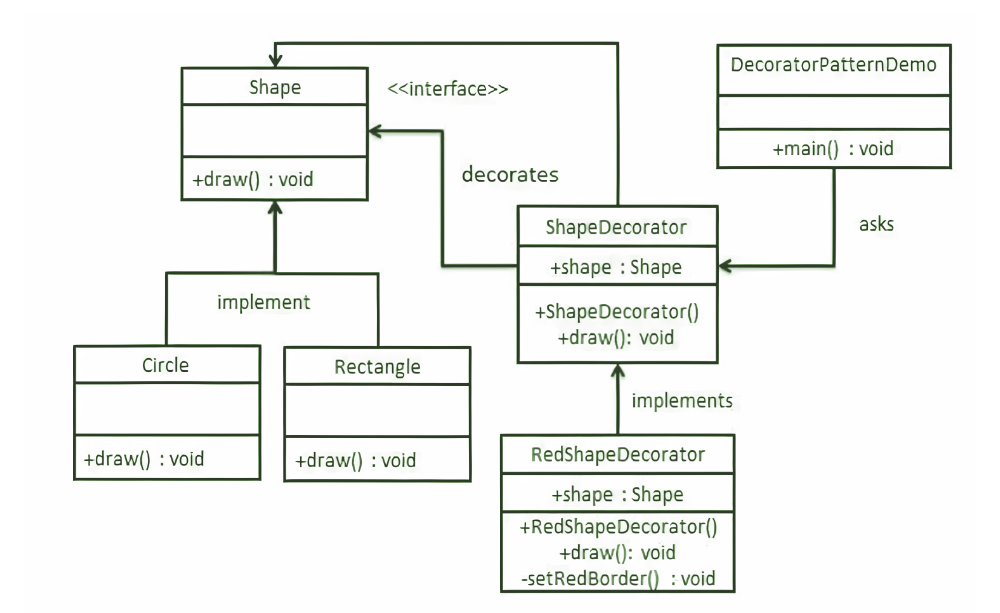
Decorators are a concept that originated from Python's language design and were later adopted by other programming languages, including JavaScript.
In Java, there is no direct equivalent to Python or JavaScript's decorators. However, Java provides alternative ways to achieve similar functionality through various means:
Java Annotations: While not exactly like Python decorators, Java annotations can be used to add metadata to classes, methods, or variables. They are essentially a way to associate additional information with your code. You can use custom-made annotation processors to inspect and process these annotations at compile-time or runtime. Aspect-Oriented Programming (AOP): AOP is a programming paradigm that focuses on modularizing cross-cutting concerns like logging, security, caching, and error handling. Java has several libraries and frameworks that support AOP, such as AspectJ, Javaassist, and Spring AOP. These libraries allow you to define aspects (i.e., reusable modules that can be applied to multiple parts of your code) and weave them into your application at runtime. Lambda Expressions: Java 8 introduced lambda expressions, which are anonymous functions that can be used as method arguments or return values. You can use these lambdas to create small, one-off utility methods that can be attached to specific points in your code.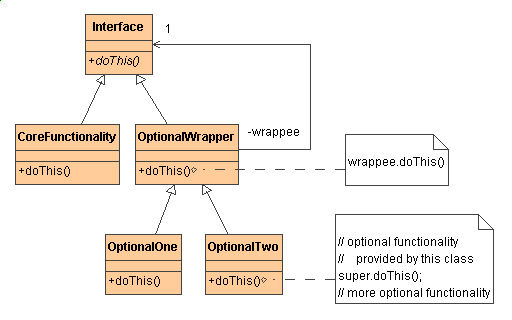
To illustrate this concept, consider a simple example where you want to log every time a specific class's method is invoked. Without decorators, you might do something like this:
public class MyService {public void doSomething() {
// some logic here
}
public void doSomethingElse() {
// more logic here
}
}
// elsewhere in your code...
MyService myService = new MyService();
myService.doSomething(); // logs the invocation
myService.doSomethingElse(); // also logs the invocation
In this example, you'd manually log each method invocation. With a decorator-like approach using AOP or annotation processing, you could create a reusable aspect that logs invocations automatically:
// using AspectJ...@Aspect
public class LoggingAspect {
@Around("execution(* *(..))")
public Object logMethodInvocation(ProceedingJoinPoint pjp) throws Throwable {
// log the method invocation
return pjp.proceed();
}
}
// elsewhere in your code...
MyService myService = new MyService();
myService.doSomething(); // logs the invocation
myService.doSomethingElse(); // also logs the invocation
In this example, you've defined a reusable LoggingAspect that automatically logs method invocations. This aspect can be applied to various classes and methods throughout your application.
While Java doesn't have built-in decorators like Python or JavaScript, it provides alternative means to achieve similar functionality through annotations, AOP, lambda expressions, and method interceptors. These mechanisms allow you to modularize concerns, simplify code, and improve maintainability in large-scale applications.
